Biomimicry Scoping Phase
Video: Scoping the Design Challenge. SCAD students working in Lacoste, France, during spring of 2015, video by Daniel Cheon.
During the scoping phase, the design challenge is contextualized and a vision for the desired outcome is defined in terms of a function. As an example, for the innovation of a new elevator system a vision statement might be “the innovation should move people and things vertically in the most efficient way.” For the development of a strategy to motivate change of unsustainable behavior so that a coral reef can be better protected, a vision might be “the innovation should yield a communication strategy that connects the local non-user community to the reef.” It is important that the dynamic of the design challenge is fully understood, that the challenge itself is concrete, and the desired outcome clearly communicated, so that the research focus can be biologized in the next step, the discovery phase.
The below images demonstrate scoping activities typical of the first phase in the Biomimicry Thinking design process — system thinking and collaborative system mapping in action. Some of these images are from a collaboration with my colleagues, Colleen Ponto, EdD, and Peter Coughlan, Ph.D., when we collaborated on a community project in Seattle. Others are from my work with students in Savannah, Georgia, Lacoste, France, and Pinkafeld, Austria.
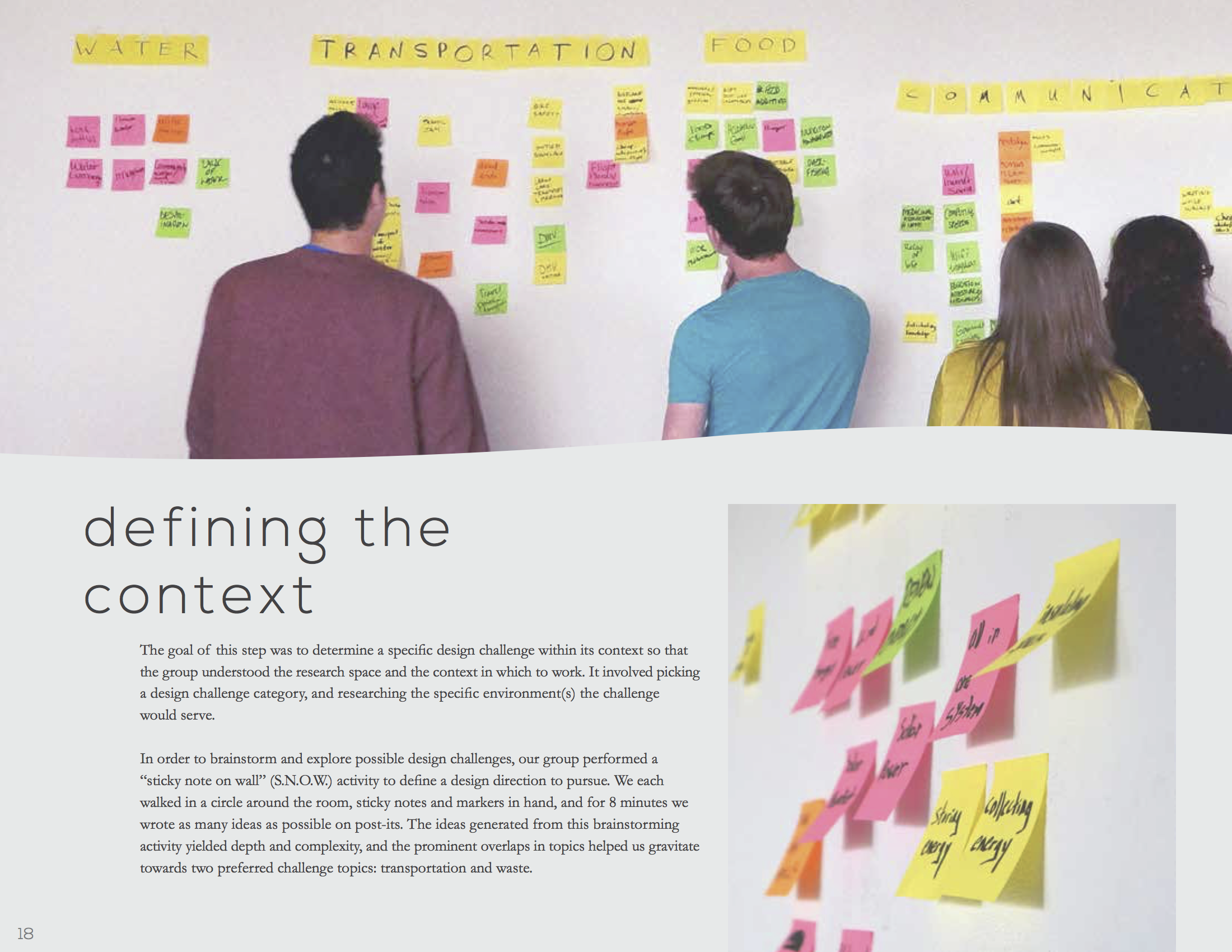
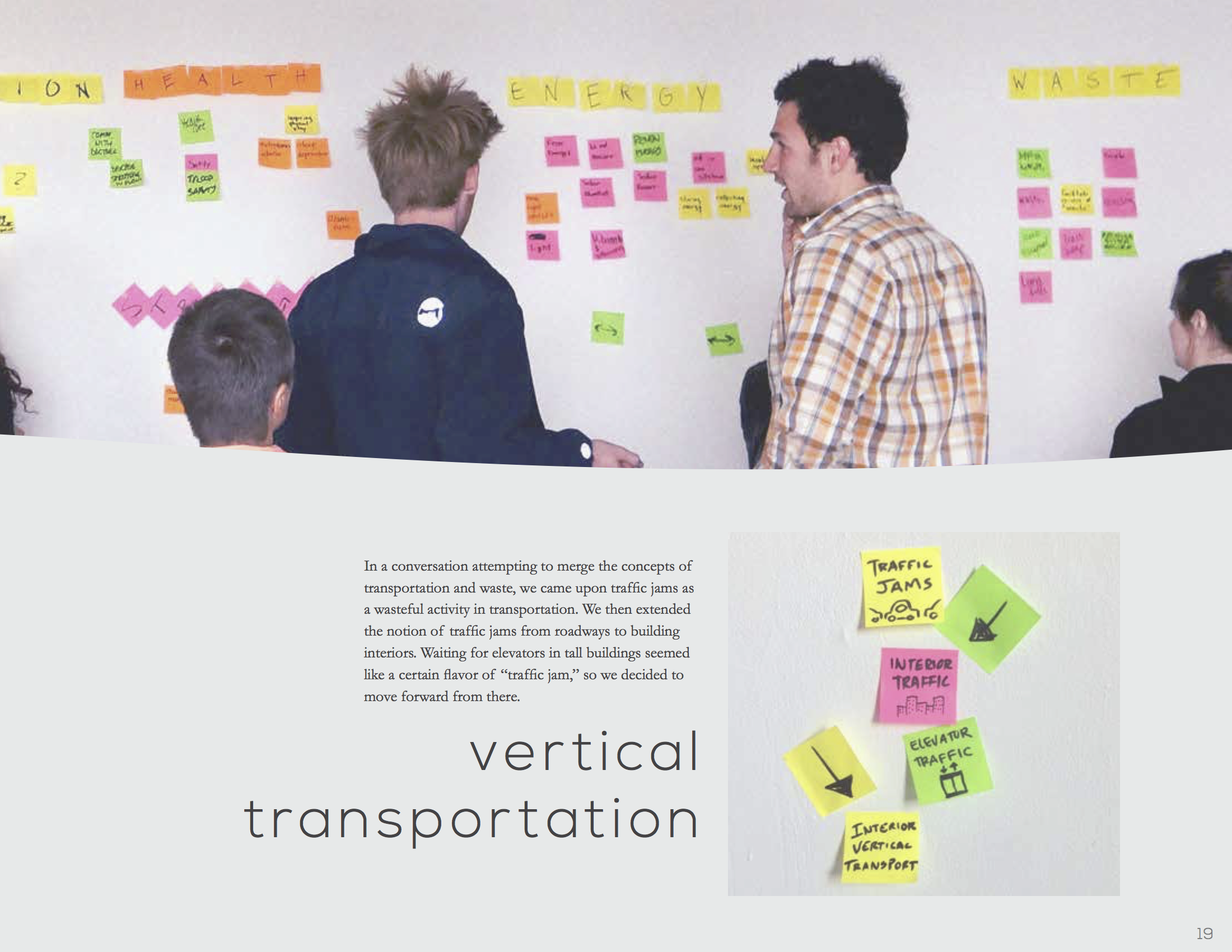
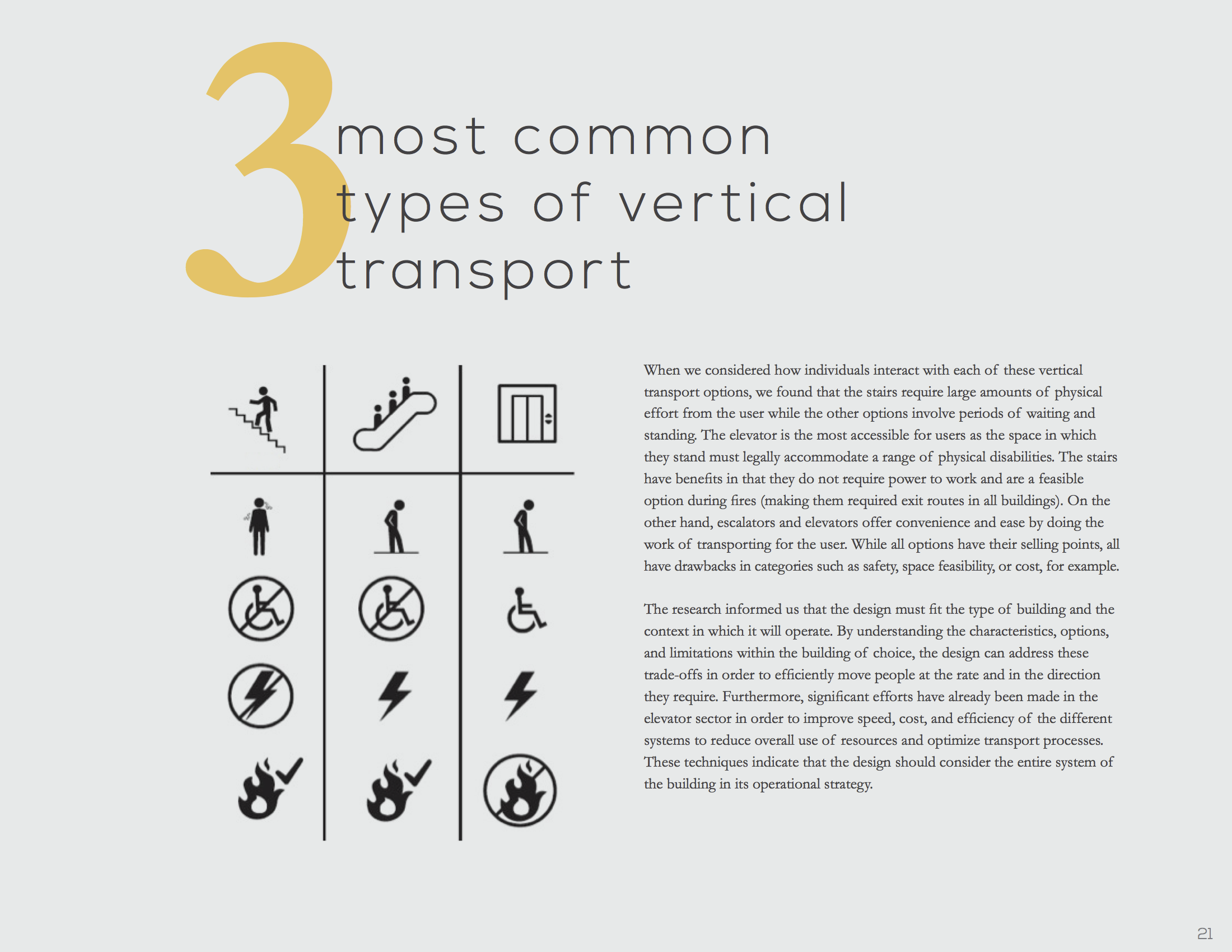
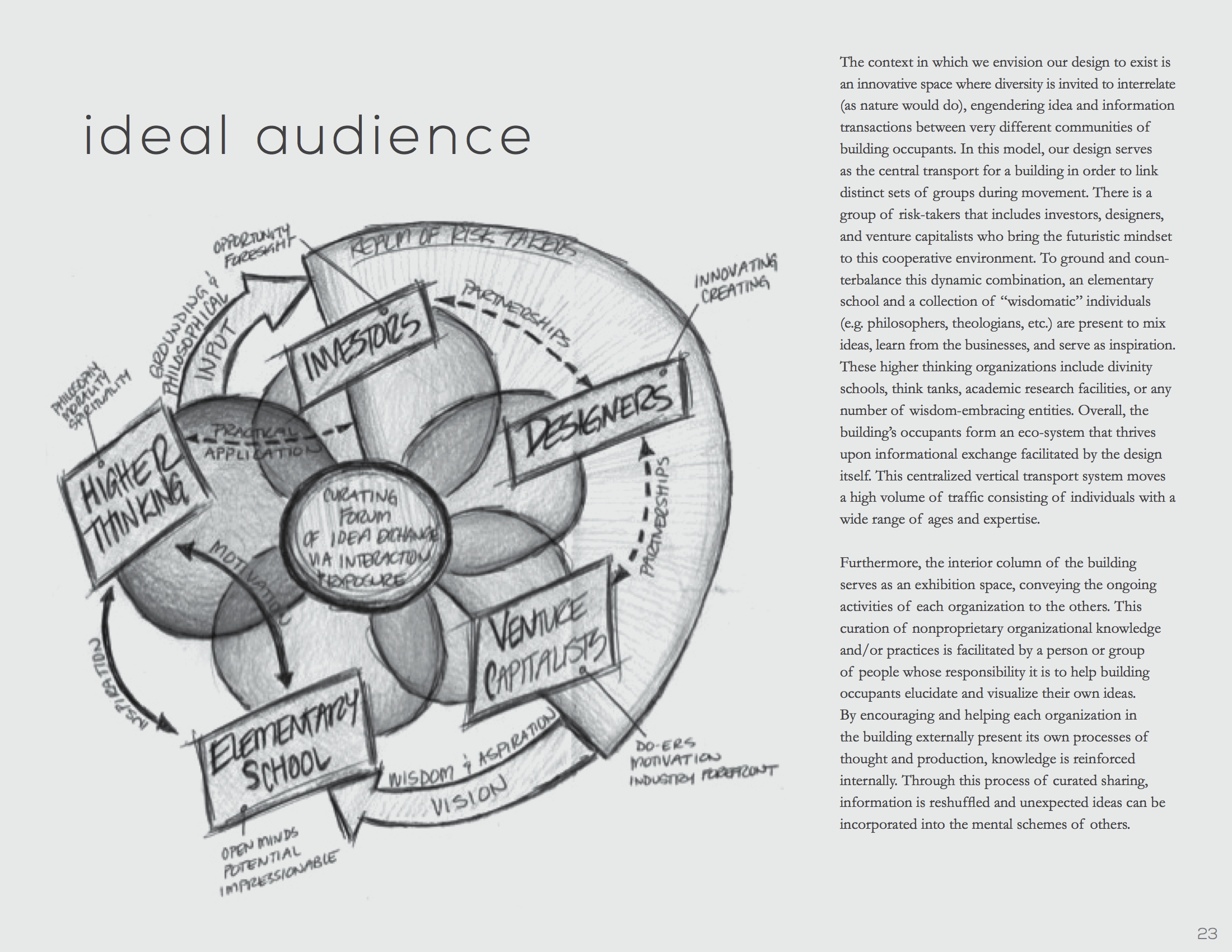
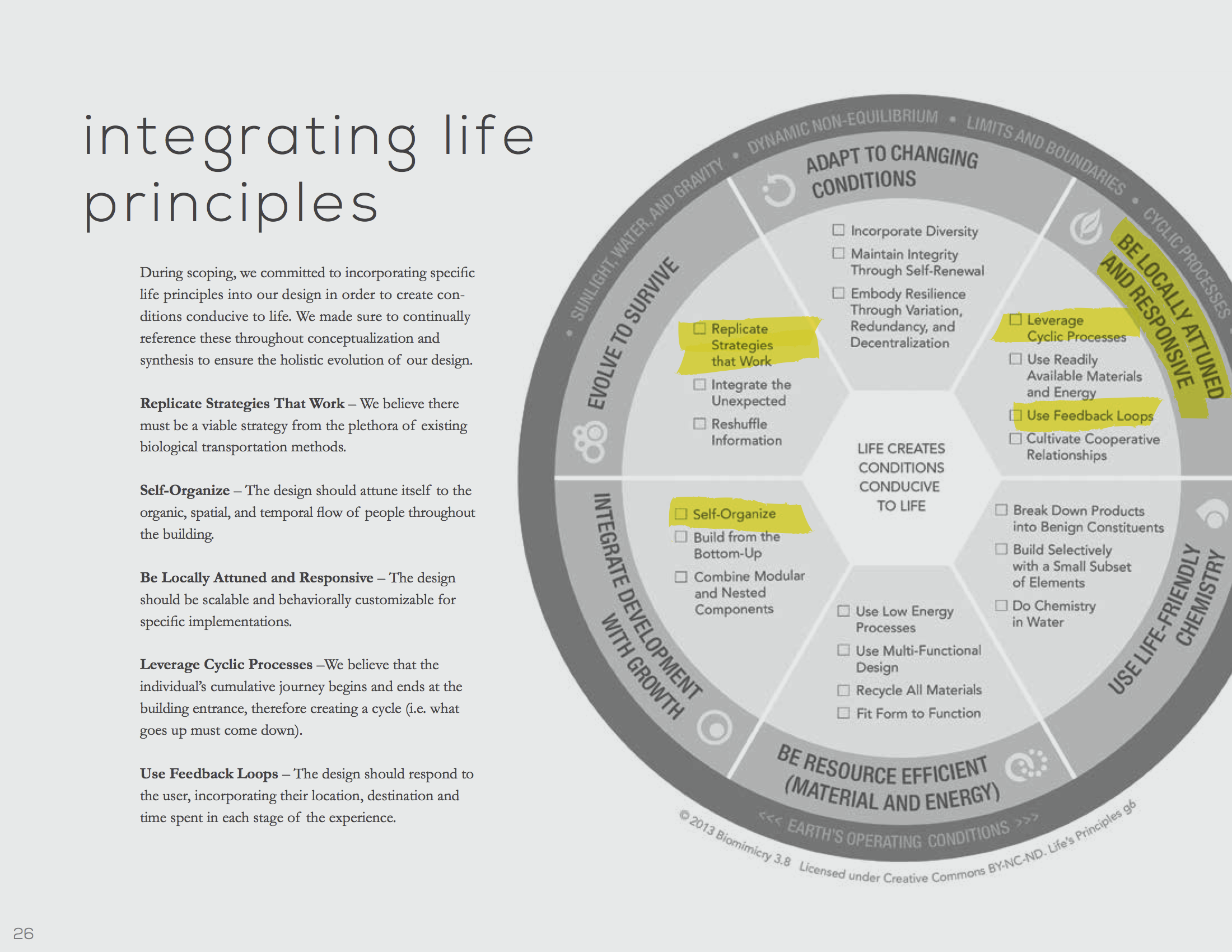
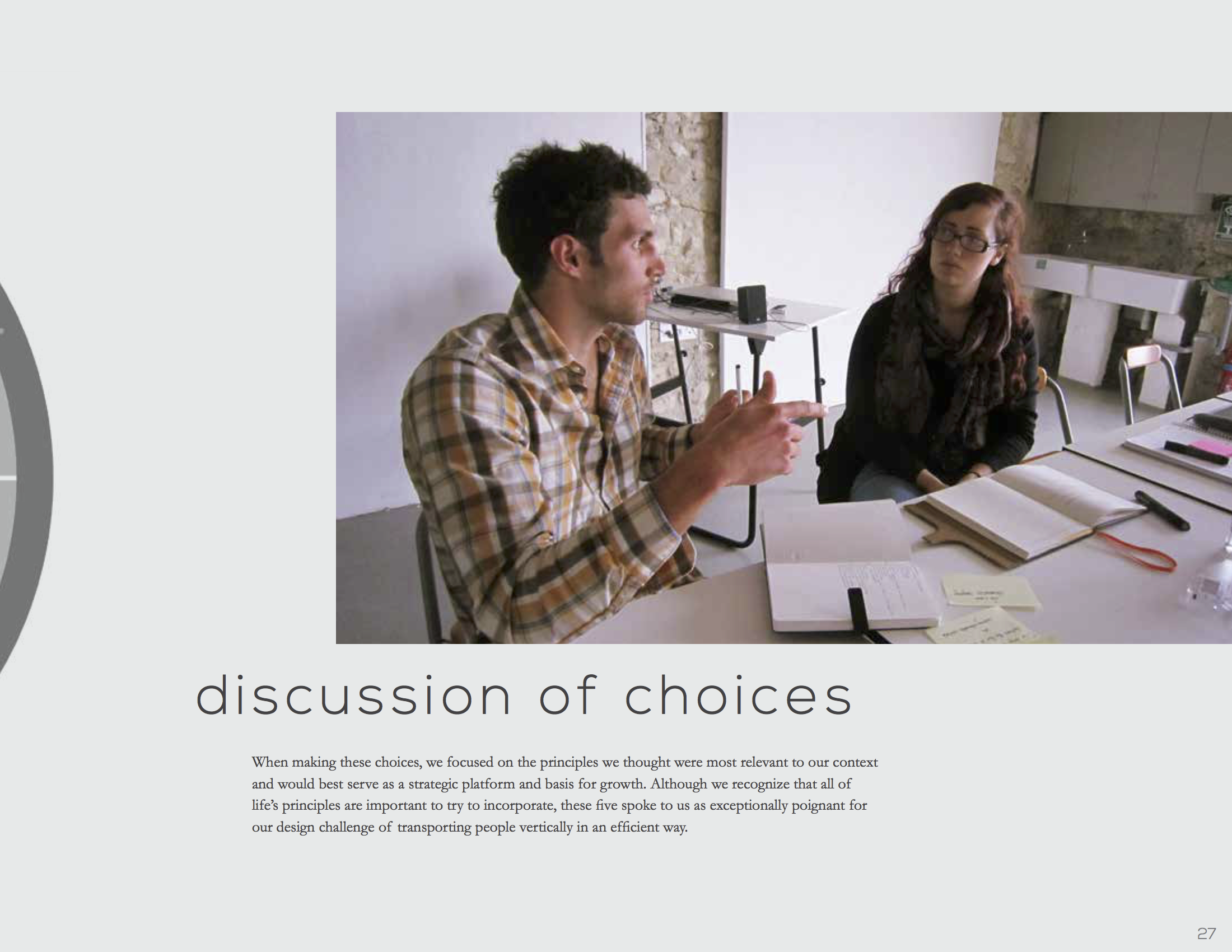
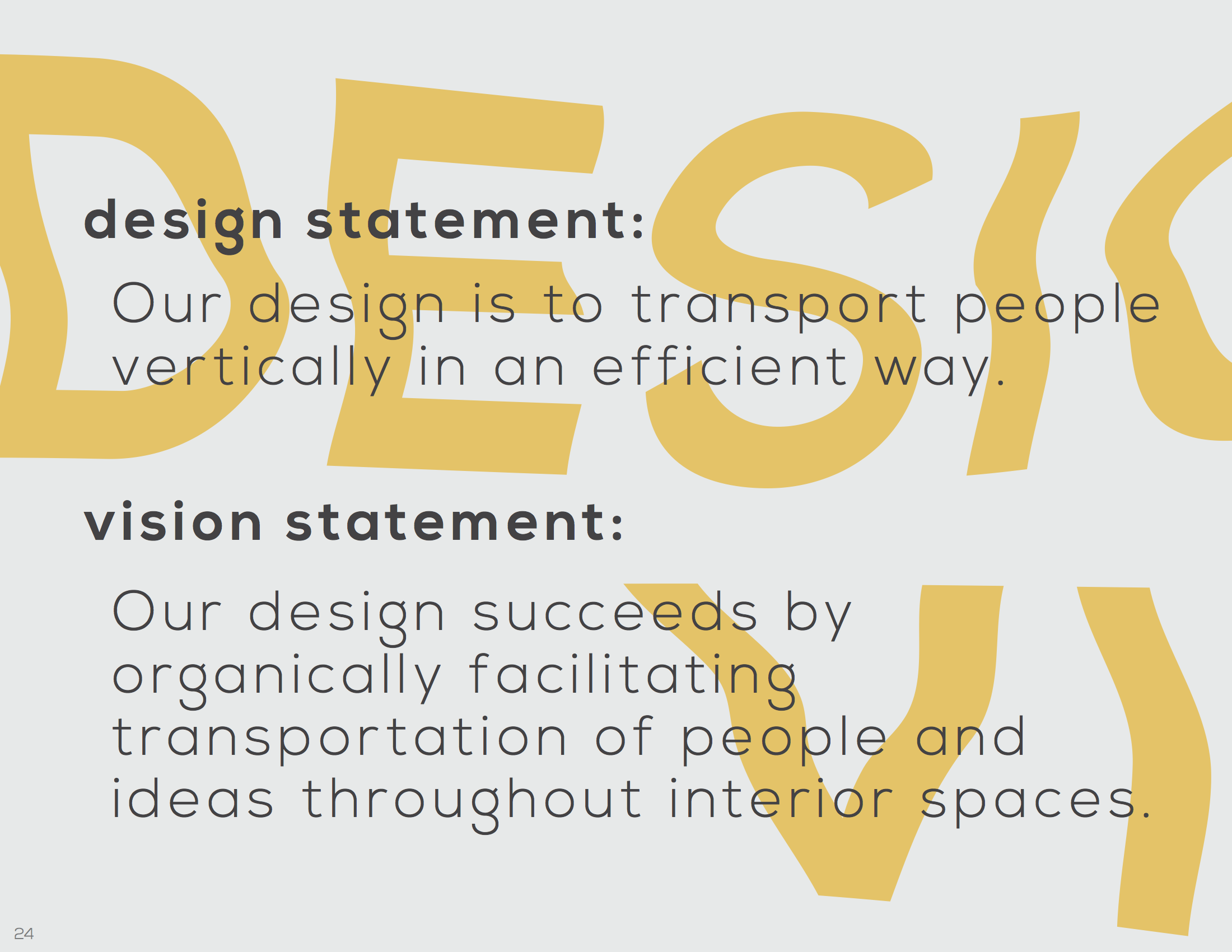
Next Phase: Discovering
















